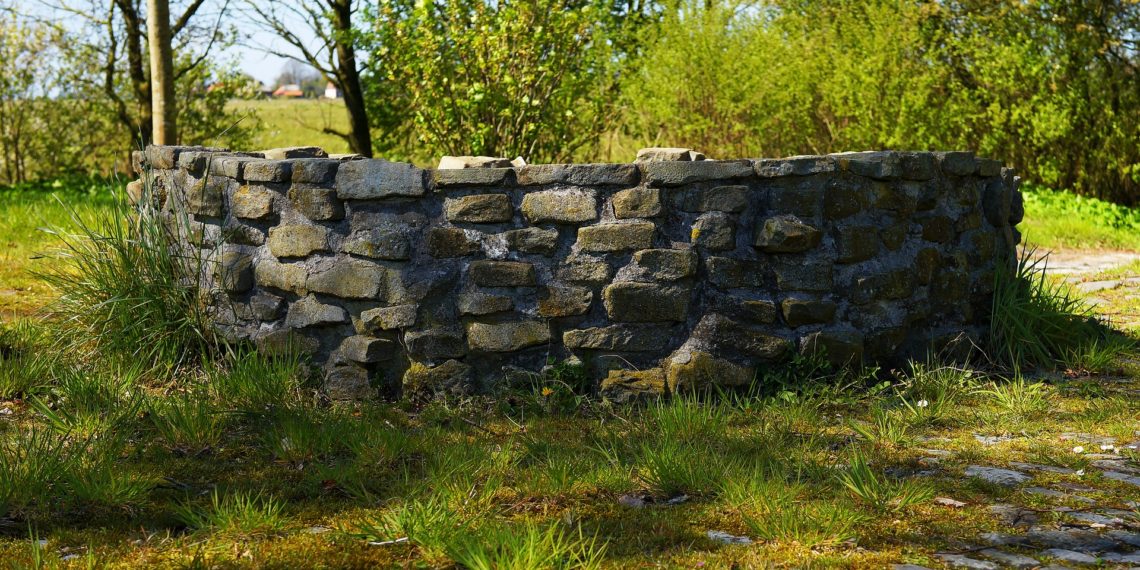Wells & Water Testing | Acreage Life
If you’re on a property which gets its water from a well, you need to have it tested to ensure that it’s safe. If you haven’t had your water tested, you are most certainly putting your family’s health at risk.
Sources of Contamination
First of all, possible sources of contamination can be numerous. These include: dog kennels, agriculture, fuel tanks, septic fields, old wells, and improperly designed wells. Wells did not need a well surface seal prior to 2007. Is your well more than 10 years old?
Also, dug wells or shallow drilled wells are of most concern. But, regardless of depth, any water well could potentially have a issue.
Bacterial Testing will look for the following:
When testing wells, there are 2 specific tests that should be completed. One is for bacteria and the other is for chemistry. Water samples should be sampled properly and analyzed at an independent, certified water testing laboratory.
–E. Coli – Indications of recent fecal contamination of your drinking water. If your water tests positive for E. Coli, it is an emergency concern that needs to be addressed immediately.
-Total Coliform – This bacteria is found in the soil, surface water, and the intestinal tract of animals. A positive test of Total Coliform indicates that your well water has been exposed to contamination.
Chemical Testing will look for the following:
-Metals Including Arsenic can be found in the Fraser Valley. Arsenic poisoning can cause long term health problems.
Above all, there’s only one way to know if water contains arsenic and that is through testing. All wells are different. Although one well is not contaminated with arsenic, it doesn’t mean that the nearby, neighboring well, isn’t contaminated.
-Nitrates Indicate contamination from agriculture.
We recommend annual Bacterial Testing for dug wells. Also, annual testing for wells which have previously tested positive. Deeper drilled wells should be tested every couple of years.
Testing every 3 -5 years is sufficient for chemical testing.
Being a Good Neighbor
Certainly, doing your part by eliminating potential sources of contamination will help protect not only your drinking water, but also your neighbors. There’s a good chance they’re tapped into the same aquifer as you are. It takes only one contamination source to put everyone’s health at risk.
Simple things homeowners can do to help are: regular well and system maintenance. Therefore, it is necessary to keep any possible sources of contamination at least 100 feet away from your well head.
Treatment
What happens if your well has a positive Bacterial test, or has Arsenic in it? A proper well disinfection and maintenance program will need to be put in place. In the case of Arsenic, it will need to be addressed with a specific water treatment system.
We will cover well disinfection and filtration in our next blog entry. If it’s an immediate concern please contact us through our website.
Website: http://FraserValleyWellDrilling.com
Phone: 604-670-3033.
Doug McConkey
Fraser Valley Well Drilling
BC Qualified Well Driller
BC Qualified Pump Installer




